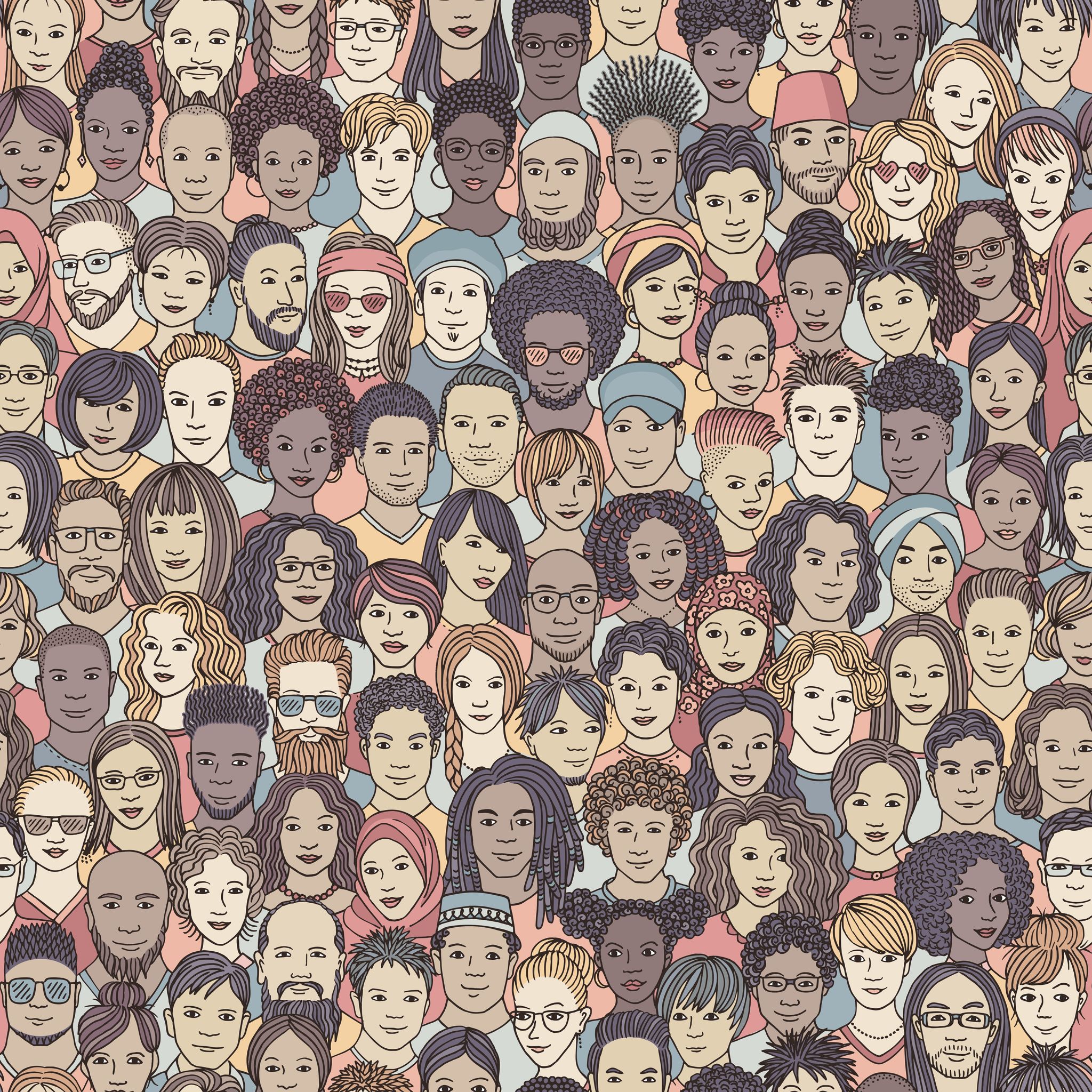What does a person with an eating disorder look like? If you believe they look like a heterosexual, young, white female you would be in good company, but what about everyone else? The “unseen faces” are those that society doesn’t talk about, do research on, or often even consider. It’s true that eating disorders don’t discriminate- they affect any gender, age, ethnicity, culture, race, religion, or nationality. Thus, the “unseen faces” of eating disorders are those of women from other racial and ethnic backgrounds, the LGBTQ+ community, and men. In this blog, I will attempt to dissect the stigma for eating disorders in women from other racial and ethnic backgrounds in hopes that I can reach and encourage more people to get help.
Black women in America are notably underrepresented when it comes to eating disorder treatment. This assertion postulates that there is no significance of eating disorders within the black community. Contrary to that belief, black women are actually affected by eating disorders but tend to report it less and receive less professional help for it. Generally, the black women’s community is known to have the highest self-rating regarding self-esteem, body satisfaction, and sexual attractiveness, probably because the value of beauty is more accepting. Therefore, it was found that the black women most assimilated into American culture were the ones most at-risk of eating disorders.
Now within the Hispanic American community, there seems to be serious contention about self-esteem and body satisfaction in women because of conflicting cultural expectations. Due to the value that Hispanic families have on interdependence, many of the original Hispanic cultural norms regarding positive body image creates strain on the conflicting expectations within American culture. Thus, similarly to the black community, women in the Hispanic American community that are more assimilated into the American culture which promotes thinness, are at a higher risk of having an eating disorder.
Lastly, it was found in a study that “Asian Americans with eating disorders who participate in screening with standard eating disorder questionnaires often appear to be less ill than their non-Asian peers even though clinically their eating disorder is just as significant.” This means that Asian American women will likely minimize their symptoms because of a will for perfectionism. Research has explained that the will for perfectionism, which is a predictor for anorexia, is found to be of high value in Asian cultures. This will for perfectionism, which may be derivative of having high parental expectation for achievement, is noted to cause significant stress on many Asian American women. Accordingly, the will for perfectionism can not only lead to an eating disorder, but it can also become part of a cycle that then prevents from getting appropriate professional help.
Here are some statistics for eating disorders in women of color:
-
- Black adolescents are 50% more likely than White adolescents to exhibit bulimic behavior (ie: binging and purging).
- Hispanic American adolescents are significantly more likely to suffer from bulimia nervosa than their non-Hispanic peers.
- Asian Americans seem to have specific risks for eating disorders, with a trend in evidence towards a high incidence of anorexia.
- For American Indian/Native American, a significantly higher percentage of women reported disordered eating behaviors.
- There is a higher prevalence of binge eating disorder in all minority groups.
In all, I believe that if we can do a better job in understanding more about the differences in eating disorders in “unseen faces” then maybe we are more likely to get the individualized specialty care needed. The stigma is real in our society and breaking the barriers is imperative.
References:
People of Color and Eating Disorders. (2018, February 26). National Eating Disorders Association.
https://www.nationaleatingdisorders.org/people-color-and-eating-disorders
[/vc_column_text][/vc_column][/vc_row]



